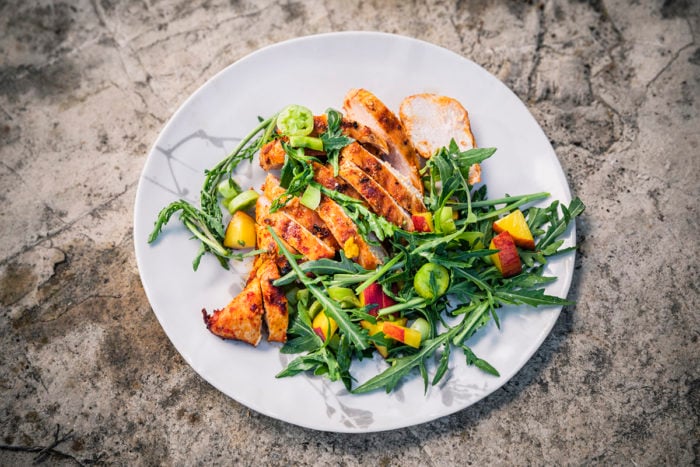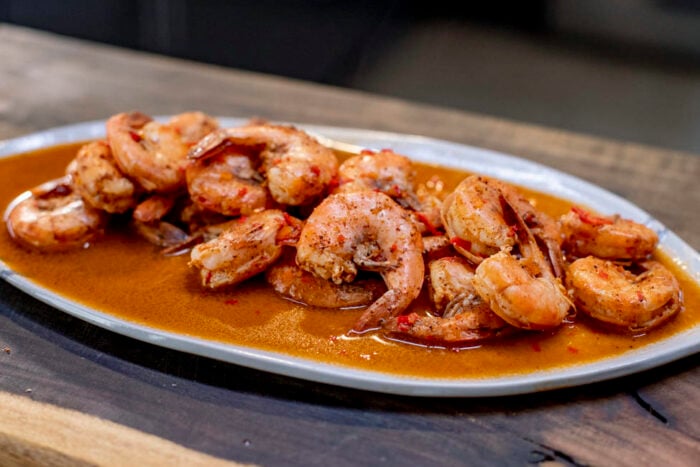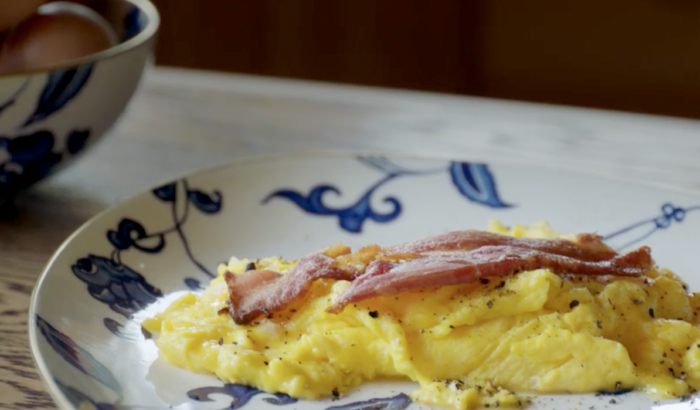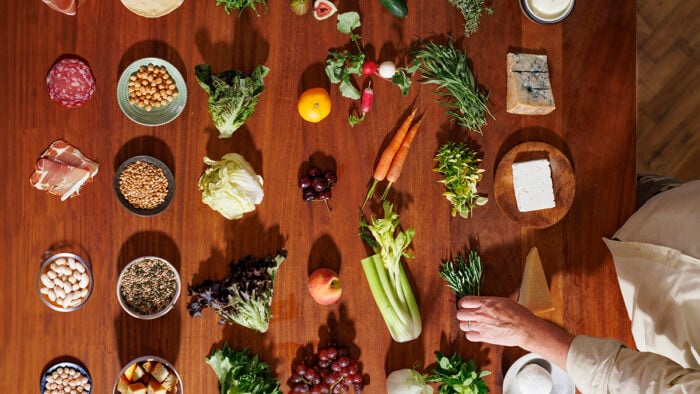
The Ultimate Grilling Steak Time Chart – Get it Right Every Time!
Written by the YesChef staff


Get Access to an Ever-Growing Library of Classes
Every Subscription includes:
- Unlimited Streaming of all Classes
- Watch on your phone, tablet or laptop
- Story-driven Classes, Practical Lessons
- Recipes with Step-by-Step Guidance
- 30-day Satisfaction Guarantee
- New Lessons added all the time
€9.30/mo
Billed annually

Why are meat cooking temperatures important?
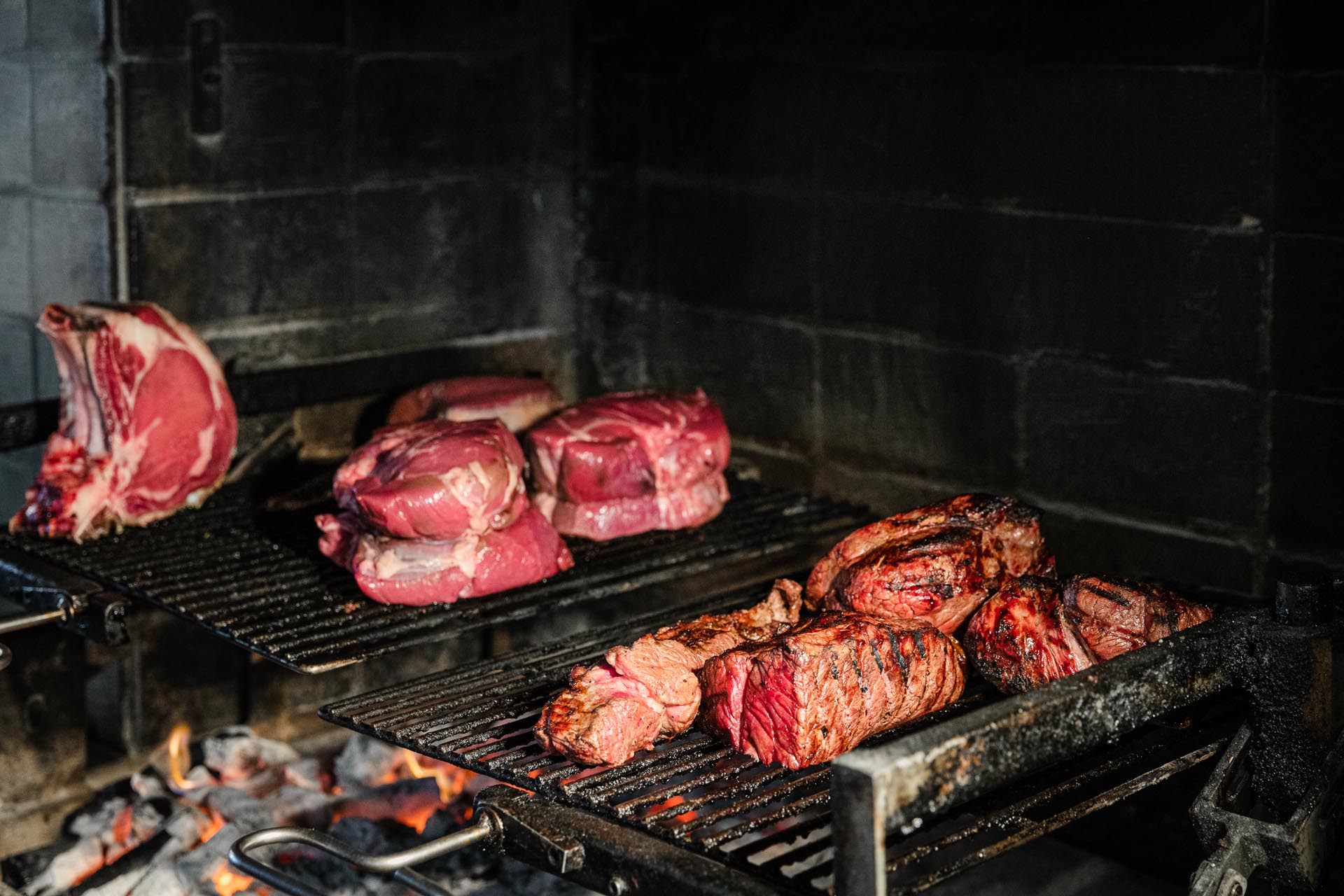
Steak cooking chart
| Meat | Internal Temperature | Internal Description |
| Beef (Steaks & Roasts) | ||
| Extra Rare or Blue (Bleu) | 80 – 100°F (26.7 – 37.8°C) | Deep red color |
| Rare | 120 – 125°F (48.9 – 51.6°C) | Bright red center |
| Medium Rare | 130 – 135°F (54.4 – 57.2°C) | Very pink center |
| Medium | 140 – 145°F (60 – 62.8°C) | Light pink center |
| Medium Well | 150 – 155°F (65.5 – 68.3°C) | A hint of pink in the center |
| Well | 160°F (71.1°C) and above | Uniformly grey or brown |
| Veal (Shanks, Chops & Roasts) | ||
| Rare | 135°F (57.2°C) | Bright pink center |
| Medium Rare | 145°F (62.8°C) | Very pink center |
| Medium | 160°F (71.1°C) | Light pink center |
| Well | 170°F (76.7°C) and above | Uniformly grey or brown |
| Pork (Chops & Roasts) | 145°F (62.8°C) | Light pink center |
| Lamb (Shanks, Chops, Roasts & Legs) | ||
| Rare | 135°F (57.2°C) | Bright red center |
| Medium Rare | 140 – 150°F (60 – 65.5°C) | Very pink center |
| Medium | 160°F (71.1°C) | Light pink center |
| Well | 165°F (73.9°C) and above | Uniformly grey or brown |
| Ground Meat | 160°F (71.1°C) and above | Uniformly grey or brown |
How to use a meat thermometer
High quality meat can be expensive. Overcooking meat, even by a few degrees, can result in wasted product and even bigger disappointment. For those who regularly cook meat, we recommend investing in a meat thermometer, which is an essential tool in the kitchen.
Wondering how to use a meat thermometer? Simply insert the thermometer through the side of the meat until it reaches the center of the thickest part (if there is a bone, make sure not to touch it). Remove the meat from the heat as soon as the internal temperature reads 5°F (about 3°C) below the desired doneness. Allow the meat to rest for 5-10 minutes to retain juices and reach the final temperature.
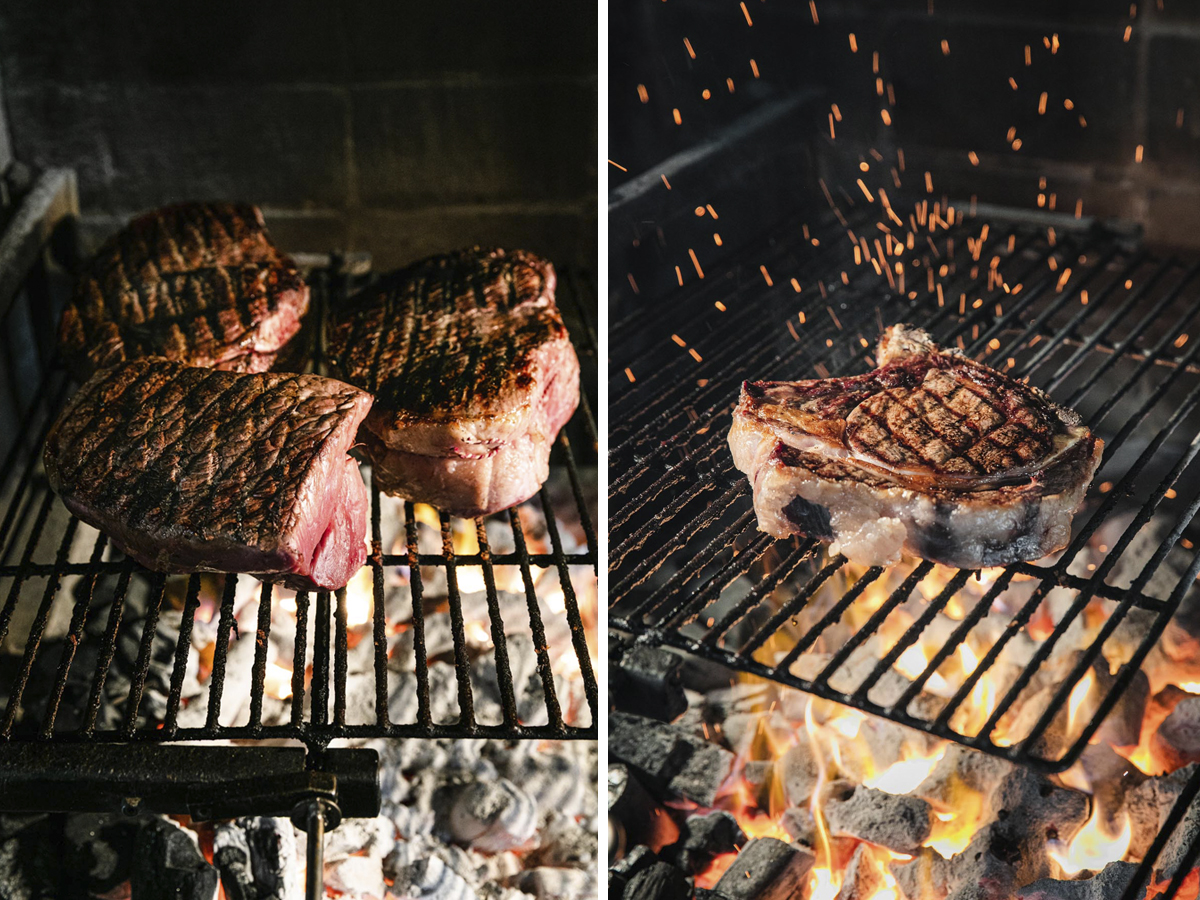
How to check for doneness without a meat thermometer
How do you know when steak is cooked through?
As we said, nothing can beat a thermometer. However, in their YesChef lessons, chefs Nancy Silverton and Edward Lee discuss cues that can help assess doneness without a thermometer.
Chef Nancy Silverton looks for the “give” and uses her hand to do so. The feel of a rare steak is equated with the soft flesh, right below your thumb when it’s pressed against your index finger (AKA the “finger test”). If the steak has much more give than a soft and bouncy feel, it needs more time on the grill.
Chef Edward Lee says to note the “sponginess” of the meat when touched. The longer steak gets cooked, the more it turns into a sponge-like texture. When it’s very rare, you will see your indentation in the meat. When it’s medium to well done, it bounces back much more quickly.
Now that you’ve studied our steak cooking chart, a perfectly grilled steak is just minutes away.
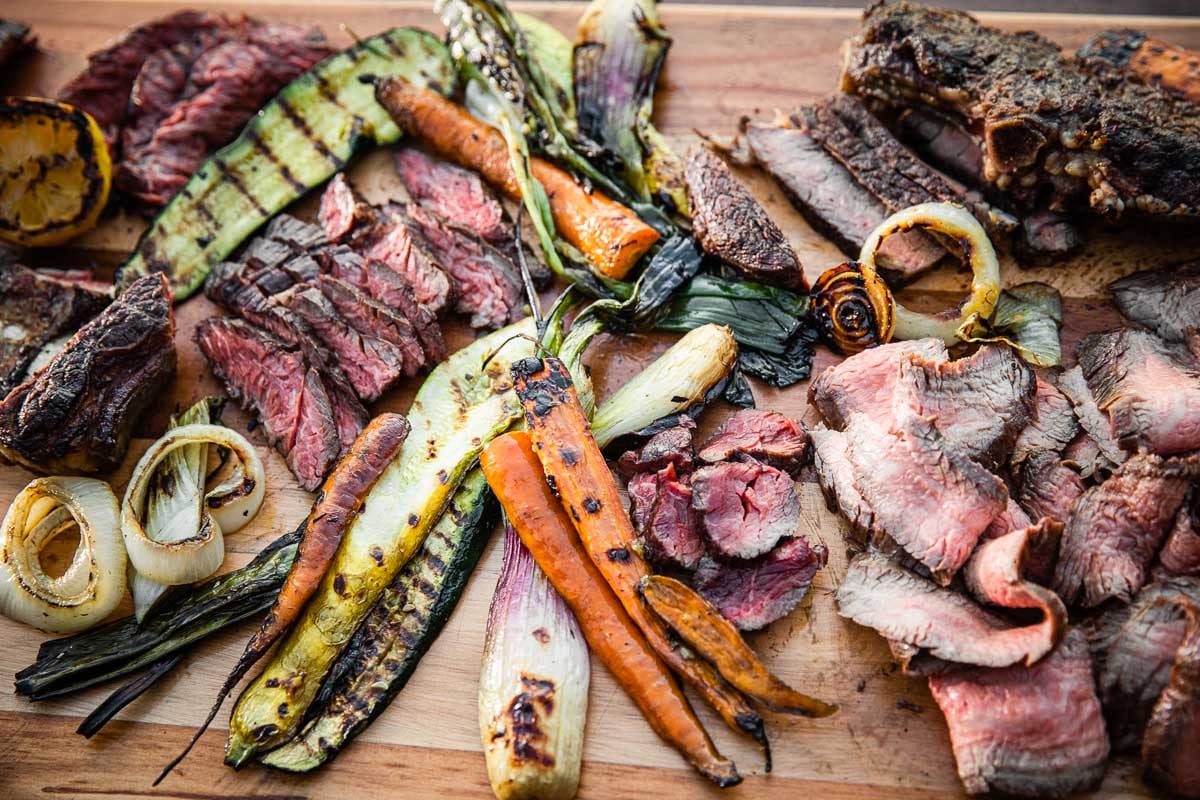
Ingredients
Recipe




